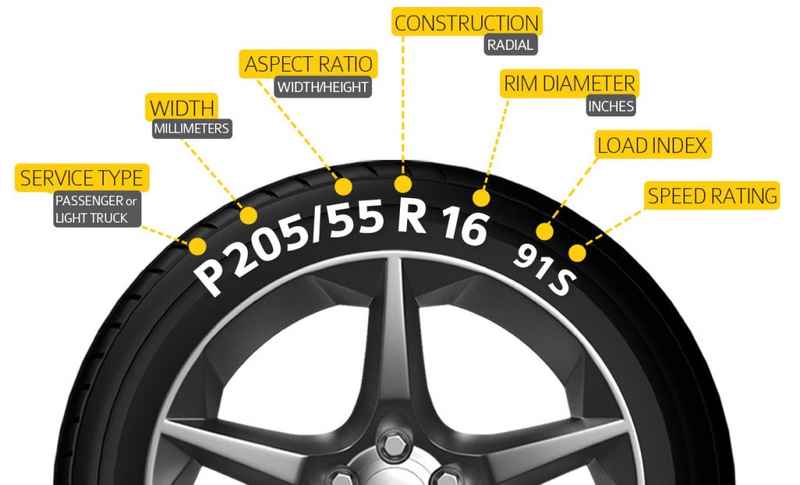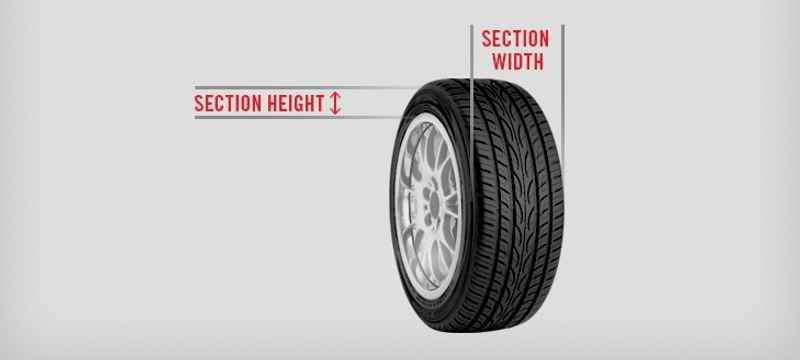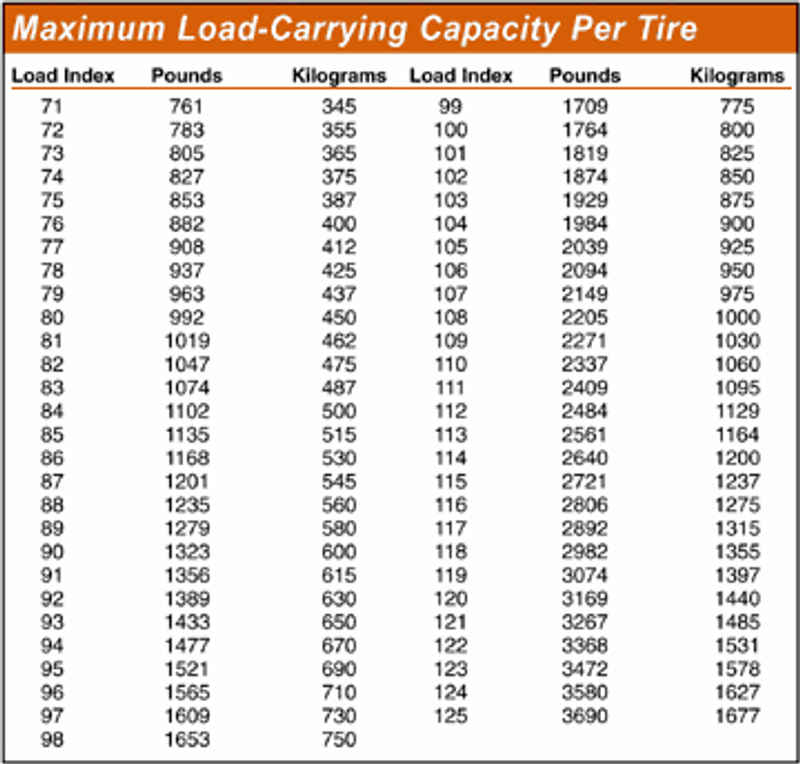Have you ever wondered what the numbers on your tyre sidewall mean? How these numbers about the tyre size help in choosing the right tyre? Then this article is for you!
There are various types of tyres available in the market. As manufacturers make various grades and profiles of tyres, they require a set of codes to make sure the right kind of tyre is put in your vehicle. Here is your guide about the numbers on your tyre
Tyre Type
The first letter of your tyre size lets you identify what class of tyre is inserted in your vehicle. There are three letterings used mostly in passenger vehicles. They are:
P: P stands for passenger vehicle tyre. These tyres are used in hatchbacks, sedans, SUVs, minivans, small pickup trucks and crossover vehicles.
LT: LT stands for the light truck tyre. These tyres are designed for trailers that have a towing capacity of 0.75 or 1 ton.
ST: ST stands for Special Trailer tyre. These tyres are meant for trailers that have more than 4 wheels such as travel trailers, boat trailers, etc.
If there's nothing mentioned before the first number, that means you have a European size tyre (metric tyre). The tyre is measured in millimetres but has different loading capacity compared to a passenger tyre or LT tyre
Before changing your tyre, please consult your owner’s manual or a tyre placard for the manufacturer’s recommended tyre size and inflation pressure
Tyre Width
The
Aspect Ratio in Tyre Size
After the tyre width, a forward slash separates the width and the aspect ratio number. The aspect ratio number is the height of the tyre from the rim to the tread. As the Aspect ratio increases, so does the height of the sidewall or “profile” as it is sometimes known.
The aspect ratio number is a percentage value. Let’s say that your tyre size has the following code 215/65. 215 represents your tyre width in millimetres, whereas 65 means that the profile of your tyre is 65% the width of your tyre.
To know the sidewall height, convert the width into inches and multiply it by profile/100. You’ll get your sidewall height in inches.
Construction Type
The letter just after your tyre profile gives you the information of the internal construction of the tyre. There are three types of internal constructions used by tyre manufacturers. They are:
R: R stands for radial tyres, which is the industry standard for most of the tyre manufacturers today. These tyres have lower rolling resistance for better gas mileage, better road grip, and durability than the previous generation of tyres.
In a radial tyre, the plies, which are layers of really strong cords made of polyester, steel and fabric in rubber coat-are laid perpendicular to the direction of travel.
D: D is used in tyres that have a diagonal (Crisscross) ply structure, also known as bias-constructed tyres. They are also known by other names such as x-ply, cross-ply or conventional tyres. These tyres are used in some motorcycles and trailers.
F: Run flat tyres mainly identified by the letter F. a run flat tyre is a type of tyre that can be run on the road if there is no tyre pressure in your vehicle.
Also Read : Top Tyre Brands in India for an Easy Pick
Wheel Diameter
The two digits that come after the tyre construction type is your wheel diameter in inches. Wheel diameter is the distance between two bead seat areas (the area where a tyre is slotted tight onto the wheel rim).
Load Index on Tyre Size
The load index is determined by the two/three-digit number after the wheel diameter. The load index determines the load capacity of the tyre, based on a standardized index that can be seen above. To calculate the load capacity for all four tyres, simply multiply the weight corresponding to the load index value for one tyre by the number of tyres on the vehicle, provided all four tyres have the same load index.
Speed Rating on Tyre Size
The last letter in the tyre code is your speed rating. A tyre is capable of only reaching a specific top speed for sustained periods of time. Having a higher speed rating means the tyre can handle heat better and provide more control at higher top speeds. Here is the speed rating chart for your reference.
| Speed Symbol | Speed (kmh) | Speed (mph) |
| Speed Symbol | Speed (kmh) | Speed (mph) |
| E | 70 | 43 |
| F | 80 | 50 |
| G | 90 | 56 |
| J | 100 | 62 |
| K | 110 | 68 |
| L | 120 | 75 |
| M | 130 | 81 |
| N | 140 | 87 |
| P | 150 | 94 |
| Q | 160 | 100 |
| R | 170 | 106 |
| S | 180 | 112 |
| T | 190 | 118 |
| U | 200 | 124 |
| H | 210 | 130 |
| V | 240 | 149 |
| W | ZR* | 270 |
| Y | ZR* | 300 |
| (Y) | ZR** | Above 300 |
For more information, check out the pocket guide by tyreplex on tyre speed ratings - Your Pocket Guide to Tyre Speed Ratings


